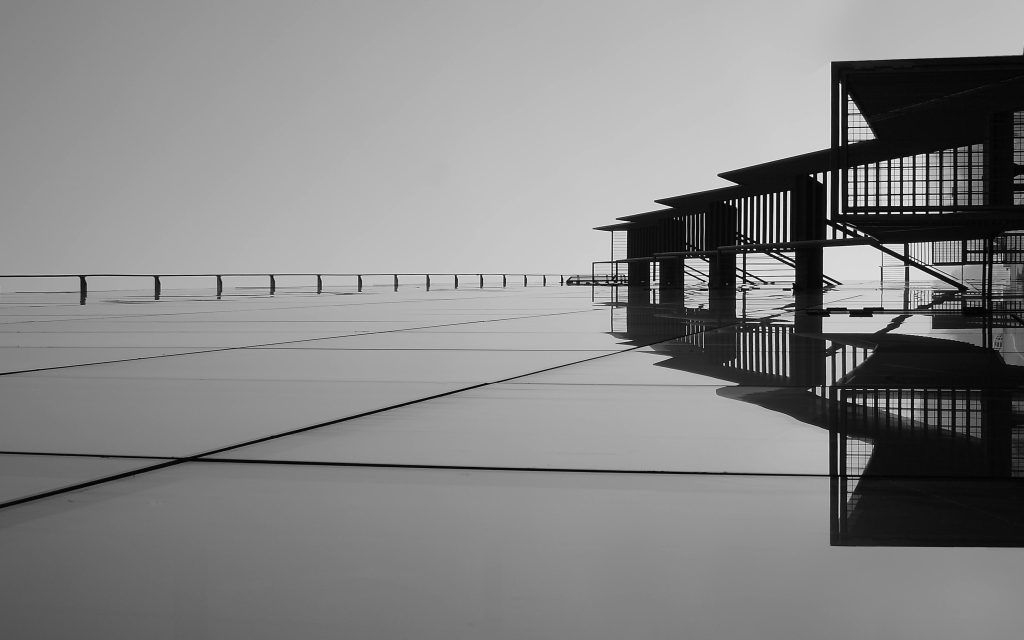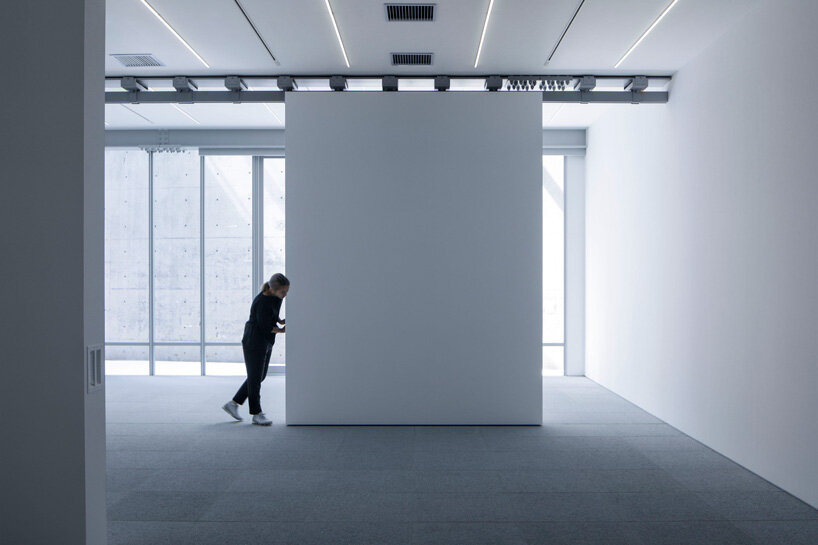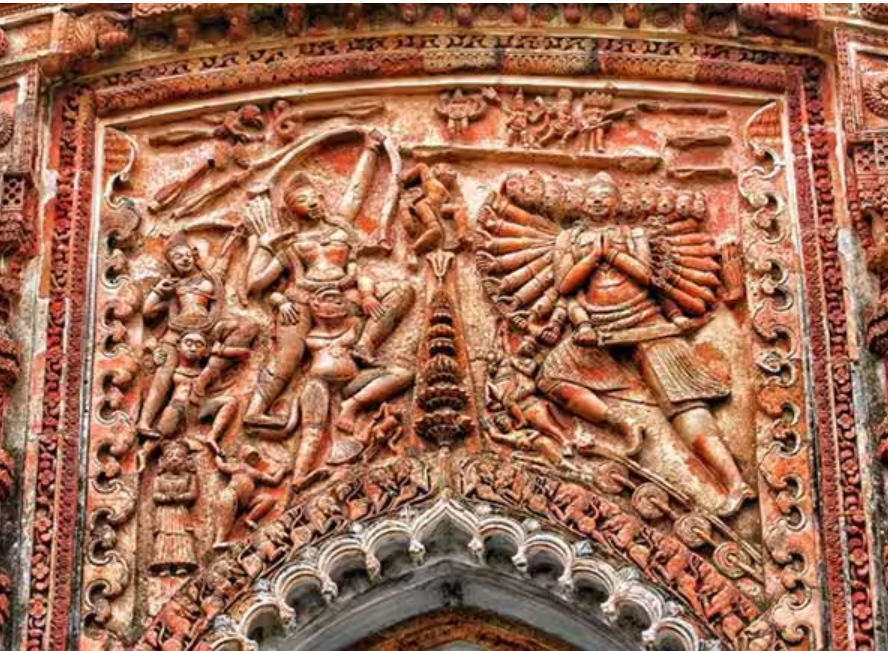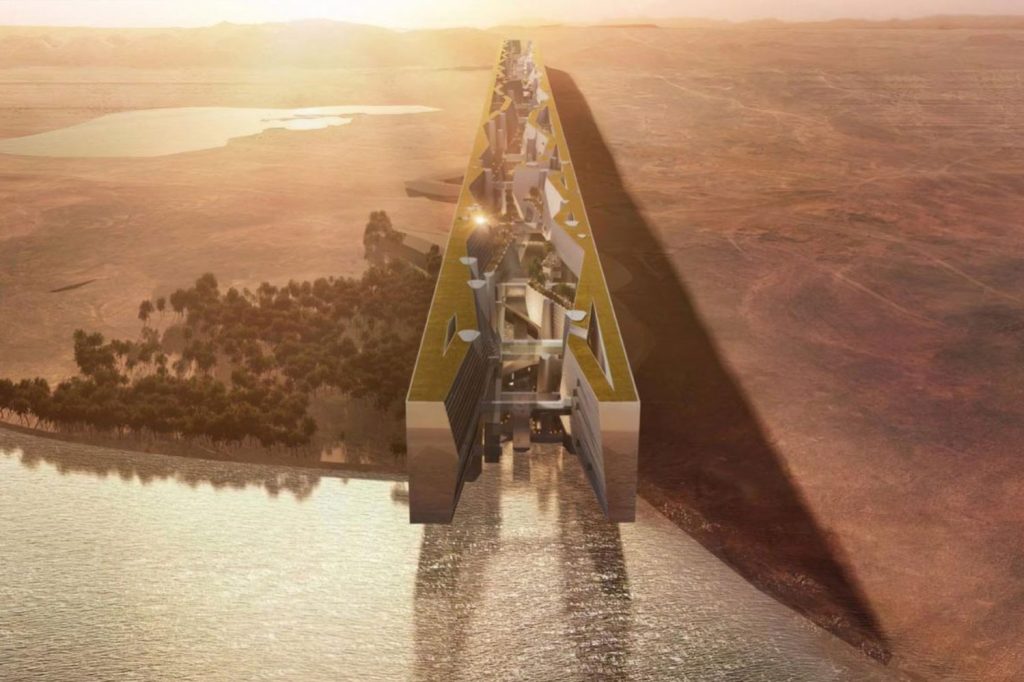The magnificent fabric of human civilisation is woven through architectural threads, an art that transcends mere architecture and becomes a living proof of our collective humanity and aspirations. From soaring medieval cathedrals to modern skyscrapers, architecture not only protects our physical existence but also defines the very essence of our being They are. The philosophy of architecture thus emerges as an in-depth study of the relationship between the built environment and the complex concepts that define our lives

In the philosophy of architecture, the confluence of abstract thinking and tangible creativity is evident. It goes beyond practical architectural considerations and delves into why we build what we do and how these structures affect the human condition. The rhythm of architectural elements – from the laying of single bricks to the harmonious design of whole cities – corresponds to the philosophical underpinnings that have evolved over the centuries
As we embark on this journey through the paths of architectural philosophy, it is important to acknowledge the profound impact that buildings have on our lives beyond mere shelter, they are traditional pottery, social norms and canvases. It is a living proof of the evolution of human thinking. This article will explore the philosophical currents that have shaped and continue to shape the architectural landscape. From historical perspectives on how philosophy and architecture are related to contemporary sustainability discussions, we will explore the deep connections between the abstract mind and material manifestations that educate us about environmental factors. Unpacking the architectural philosophy of the series, we will celebrate how the built environment reflects our deepest beliefs, cultural nuances and aspirations.
Historical Perspectives
Architecture as a Manifestation of Philosophical Ideas Across Time
As an embodiment of cultural and philosophical concepts, architecture functions as a temporal capture of the essence of different eras. In ancient civilisations, from the cathedrals of ancient Greece to the complex cathedrals of the Islamic Golden Age, philosophies of form and proportion were deeply embedded in architectural design. Through the Renaissance period on, where humanism and renewed interest in classical ideas inspired architectural innovations left the sign By examining the historical connection between philosophy and existing architecture, we gain insight into of how social beliefs have been stripped from the facades of our buildings.
Function and Form
The Dialectic of Aesthetics and Practicality
Philosophical debates surrounding the dichotomy of form and function in architecture have been central to the evolution of design principles. From Vitruvius’s assertion that a structure must exhibit firmitas (firmness), utilitas (commodity), and venustas (delight), to the Bauhaus movement’s emphasis on simplicity and functionality, the discourse on how aesthetic considerations and practical requirements intertwine is perpetual.

Human Experience and Space
The Phenomenology of Architecture
Phenomenology, a philosophical perspective focused on the study of human consciousness and experience, provides profound insights into the intricate relationship between individuals and their built environment. Through this lens, we can explore diverse architectural styles, such as the sensory engagement with Gothic cathedrals and the minimalist spaces championed by modern architects. The philosophy of architecture, when viewed through phenomenology, transcends the visual and extends into the emotional and experiential dimensions of spaces. It suggests that architecture is not merely about aesthetics but also encompasses how individuals feel and interact with their surroundings. Furthermore, this philosophical approach underscores that architecture holds a significant influence on people’s perceptions of time, the recollection of memories, and the formation of personal identity. In essence, buildings and spaces are portrayed not as static structures but as dynamic participants in the ongoing narrative of human experience, actively shaping and influencing the way individuals live, remember, and define themselves within their environments.
Cultural and Social Influences
Architectural Expressions of Societal Values
As a powerful tool for expression, architecture reflects the goals and ideals of a society and serves as a monument to its collective identity. From the tall skyscrapers that pierce the skyline of a busy city to the common-or-garden vernacular cottages tucked away in the centre of a rural community, homes serve as poetic storytellers, capturing the complex subtleties of daily life. Soaring systems often represent the aspiration, energy, and inventiveness of a society at the forefront of development in the urban landscape. The modernist designs and clean lines of skyscrapers’ architecture reflect a community’s forward-thinking outlook. Conversely, the traditional country homes with their sustainable purposes and traditional beauty present a different story.

These systems are in tune with a strong bond with the land, respect for local materials, and a dedication to balancing with the environment. Architecture serves as the canvas on which a society paints its values, goals, and cultural identity in any situation, whether it be in the bustle of a metropolis or the tranquil simplicity of rural homes. It is a reflection of the people it houses and a mirror that, via the bricks, beams, and artistic endeavours that make up its built environment, catches the spirit of a town.
Environmental Philosophy
Ethics and Sustainability in Architectural Design
In an era marked by environmental consciousness, the philosophy of architecture has embraced ethical considerations. Sustainable design, green architecture, and eco-friendly practices represent a paradigm shift in how buildings interact with the natural world. This explores the ethical dimensions of architectural choices, emphasising how philosophical perspectives on our responsibility to the environment shape contemporary design practices.
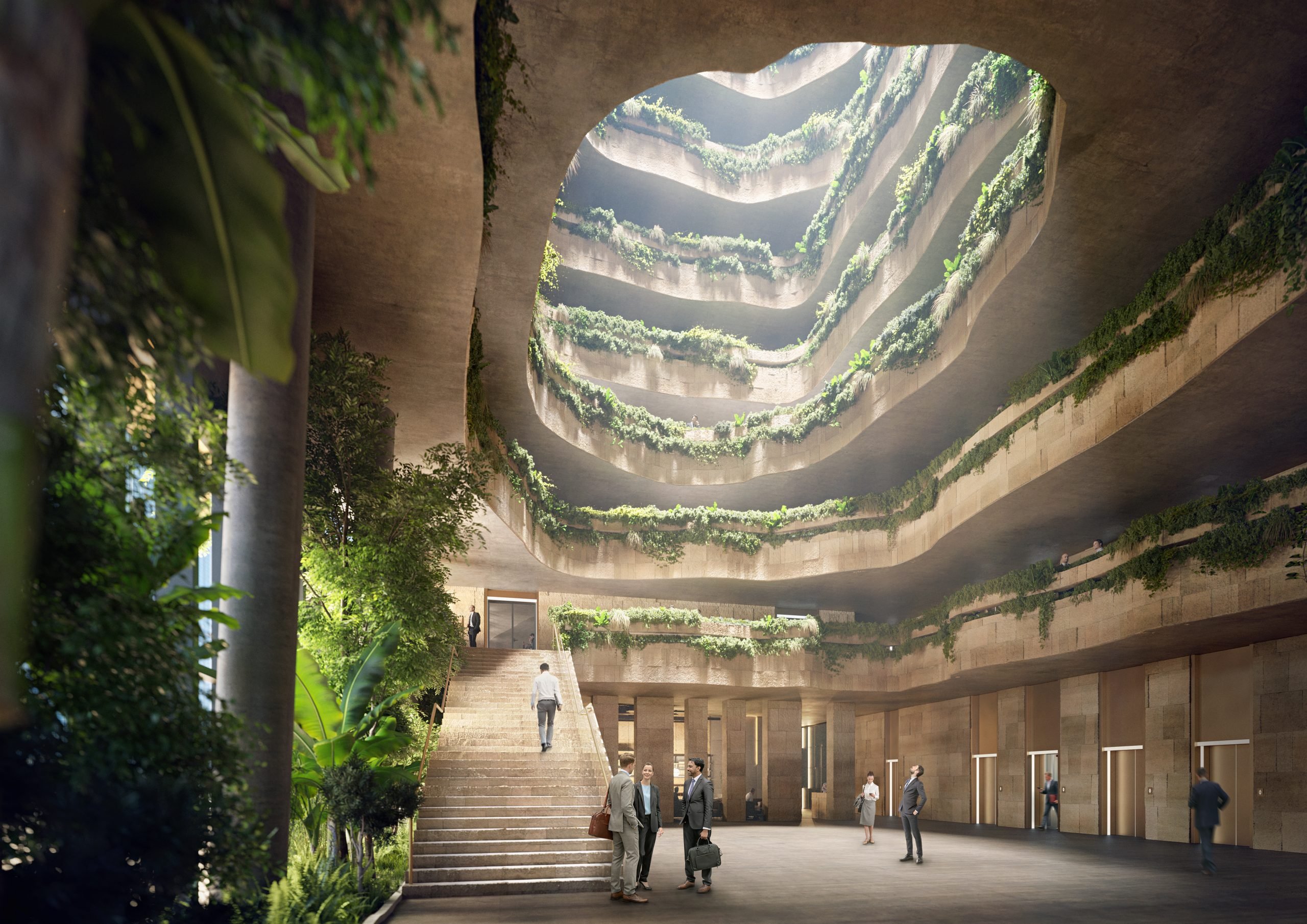
Technology and Architecture
From Craftsmanship to Digital Frontiers
The symbiotic relationship between technology and architectural practice has ushered in a transformative era, reshaping the very foundations of design and construction. Since the inception of the printing press, which revolutionised the dissemination of architectural knowledge, to the present day, where cutting-edge digital tools dictate the realm of parametric design, technology has consistently served as a dynamic catalyst for change within the architectural landscape. Philosophical ideas, serving as the driving force behind technological advancements, guide architects in navigating the ethical and conceptual dimensions of their craft.

Simultaneously, technology, with its constant evolution, redefines our philosophical understanding of the built environment. The adoption of parametric design tools, artificial intelligence, and virtual reality not only expands the possibilities of architectural creation but also prompts a reconsideration of fundamental notions about space, aesthetics, and the role of the built environment in shaping human experience.
Reiteration of Thesis
The philosophy of architecture, as illuminated through our exploration, is not a mere academic exercise but a profound inquiry into the very essence of human existence. It is a conversation between the ethereal realm of ideas and the tangible structures that populate our cities and landscapes. Our initial assertion—that architecture is imbued with philosophy—holds true as we witness the enduring dialogue between the conceptual and the concrete, the metaphysical and the material. As we contemplate the implications of our journey, it becomes clear that the philosophy of architecture is a dynamic force, constantly evolving in response to societal shifts, technological advancements, and ethical imperatives. The lessons drawn from the past and the insights gleaned from the present propel us towards a future where architectural philosophy plays an increasingly pivotal role. The imperative to create sustainable, human-centric spaces challenges architects to weave environmental consciousness and social responsibility into the very fabric of their designs.
Conclusion
In the twilight of our exploration, it is fitting to acknowledge that the philosophy of architecture is not confined to academic circles or design studios; it reverberates in the lived experiences of individuals, the communal identities of societies, and the global imperative to harmonise our built environment with the natural world. As we stand at the crossroads of tradition and innovation, of pragmatism and idealism, the call to action is clear. Architects, philosophers, and inhabitants alike must engage in a collaborative dialogue to shape a built environment that not only meets our functional needs but also elevates the human spirit. `
Feature Image Courtesy: Grayscale Photography of Bridge
Architectural Alchemy: Unveiling the Magic of Indo-Saracenic Architecture

